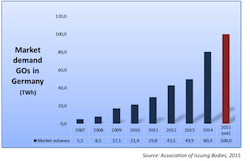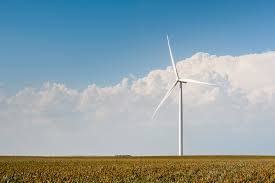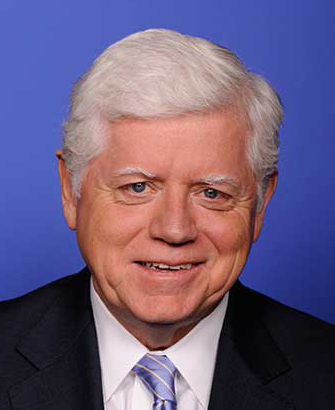 New tests show that Omaha has a case of bad gas, but ethanol could be the cure. The Nebraska Ethanol Board says gasoline at the Magellan fuel terminal in Omaha showed some samples tested to having as much as 30 percent by volume of toxic substances in fuel that wasn’t blended with ethanol.
New tests show that Omaha has a case of bad gas, but ethanol could be the cure. The Nebraska Ethanol Board says gasoline at the Magellan fuel terminal in Omaha showed some samples tested to having as much as 30 percent by volume of toxic substances in fuel that wasn’t blended with ethanol.
Toxics such as benzene, xylene and toluene are added to gasoline to increase octane, which is necessary to reduce engine knock. These substances, known collectively as “aromatics”, are known toxins and, in some cases, known or suspected carcinogens or cancer-causing substances.
In the July fuel samples, these toxics accounted for nearly 30 percent of volume in base gasoline without ethanol added. However, when 10 percent ethanol was added to the mix, the volume of toxic compounds dropped to 23 percent—or nearly by one-fourth that of straight gasoline.
“While ‘aromatics’ may sound like a good thing, they are actually a huge threat to human health,” said Angela Tin, vice president of environmental health for the American Lung Association of the Upper Midwest. “These toxics do not completely combust in the engine and therefore exit the tailpipe as tiny particles that enter our lungs, heart, brains and bloodstream.”
Particulate matter from vehicle exhaust has been linked to brain cancer, lung cancer, heart disease and asthma — and is especially harmful to infants, children and people suffering from heart or respiratory problems.
Tin says fuel with ethanol is a cleaner air alternative. “Ethanol is a clean-burning, non-toxic source of octane,” she said. “The more ethanol in our fuel, the lower the volume of toxic compounds in our fuel and in the air we breathe.”
Nebraska Ethanol Board officials point out that ethanol adds oxygen to fuel and that helps the fuel burn more completely with more of the toxic compounds completely burned in the engine rather than coming out the tailpipe.









